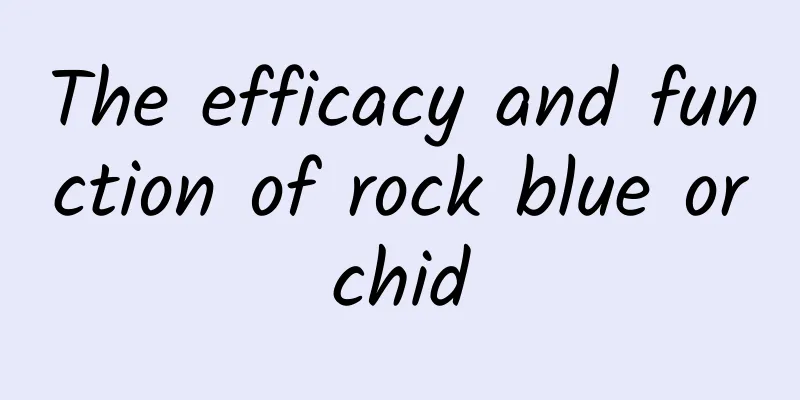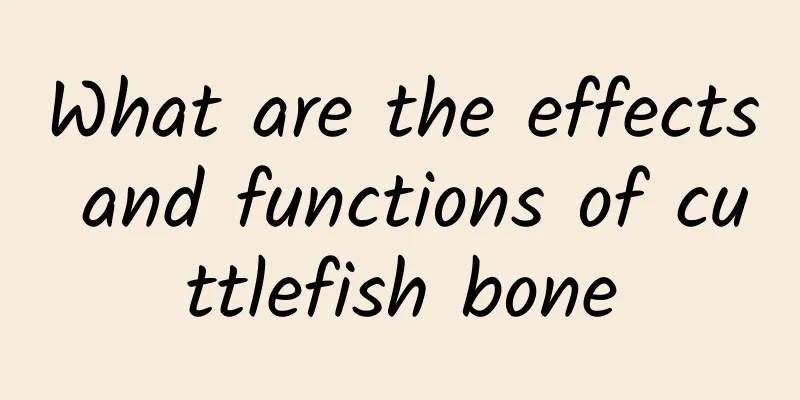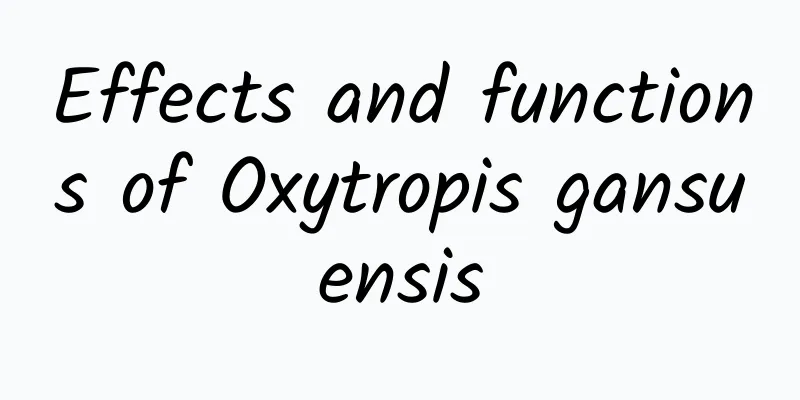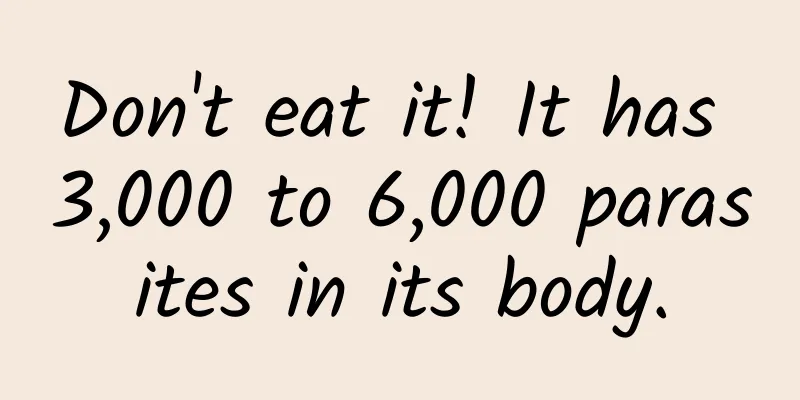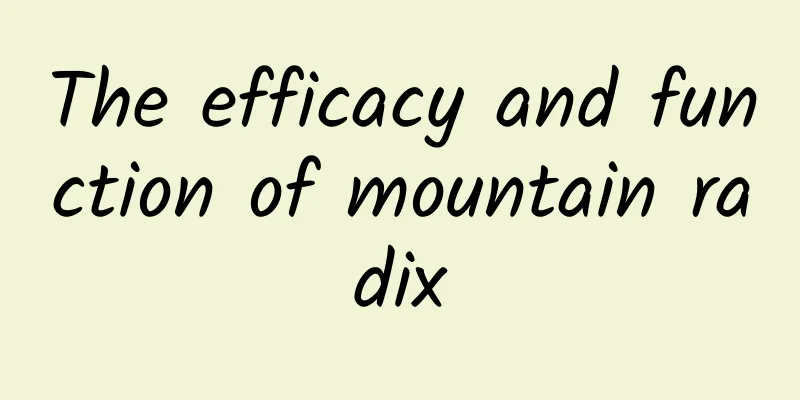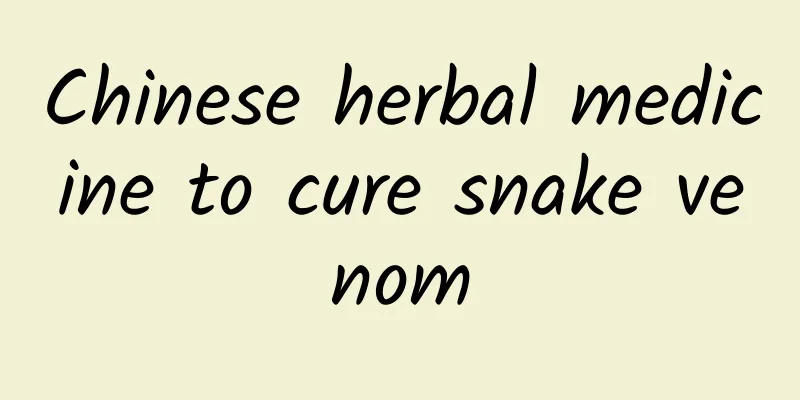What are the traditional Chinese medicines for treating prostatitis?
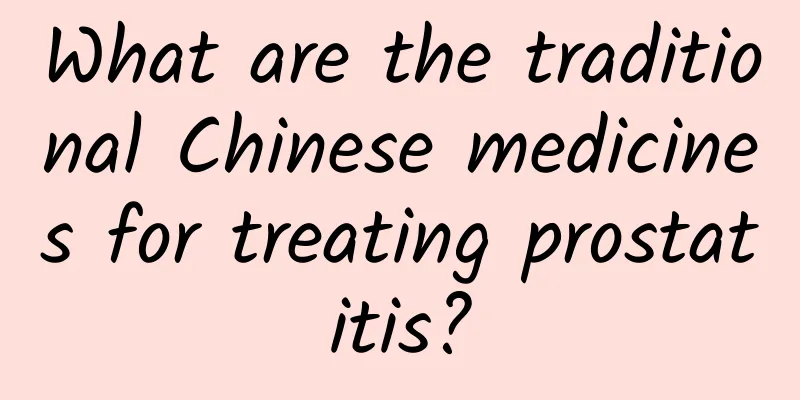
|
Prostatitis is a common disease among men and tends to get worse in winter. This is mainly because the weather is cold, people are less active and exercise less, their resistance is poor, and bacteria can easily invade. In addition, if the prostate is congested for a long time, it will also lead to prostatitis. Patients often have abnormal urination, white urine, and pain, which can cause sexual dysfunction and mental symptoms. Therefore, patients with prostatitis are very painful. Therefore, using Chinese medicine with diuretic, anti-inflammatory, swelling and analgesic effects to thoroughly treat prostatitis can reduce pain without any side effects. Damp-heat descending type: Symptoms include painful, red, and difficult urination, lower abdominal cramps, distension and pain in the perineum, turbid urine at the urethra opening, yellow and greasy tongue coating, and slippery and rapid pulse. The treatment should be to clear away heat and dampness, and the prescription is Ba Zheng San with modifications: 7 grams of Akebia, 10 grams of Plantago, 10 grams of Polygonum multiflorum, 10 grams of Dianthus superbus, 20 grams of Talcum, 10 grams of Gardenia, 6 grams of Rhubarb, and 5 grams of Licorice. Spleen deficiency and dampness excess type: Symptoms include turbid urine, sallow complexion, drowsiness in limbs, loss of appetite, pale tongue with white coating, and weak pulse. The treatment should be to invigorate the spleen and eliminate dampness. The prescription is Shenling Baizhu San with modifications: 10 grams of Codonopsis pilosula, 15 grams of stir-fried Atractylodes macrocephala, 24 grams of Poria cocos, 30 grams of Coix lachryma-jobi, 7 grams of Amomum villosum, 15 grams of Alisma orientalis, 10 grams of Angelica sinensis, 30 grams of Codonopsis pilosula, and 10 grams of dried tangerine peel. Qi stagnation and blood stasis type: symptoms include difficult urination, distending pain and heaviness in the perineum and lower abdomen, hard and enlarged prostate, dark purple tongue, and stringy and hesitant pulse. The treatment should be to promote blood circulation and remove blood stasis, promote qi and dredge collaterals. The prescription of choice is Shaofu Zhuyu Decoction: 10 grams of peach kernel, 10 grams of safflower, 15 grams of angelica, 6 grams of fennel, 10 grams of Toosendan fruit, 10 grams of Linderae scabra, 12 grams of red peony root, 15 grams of Zedoariae rhizome, and 30 grams of dandelion. Liver-kidney yin deficiency type: Symptoms include leucorrhea at the urethral orifice, distension of the perineum, soreness of the waist and knees, hot flashes and night sweats, red tongue with little coating, and a thin and rapid pulse. The treatment should be to nourish the liver and kidneys and clear away the internal fire. The prescription is Zhibai Dihuang Decoction with modifications: 15 grams of Anemarrhena asphodeloides, 10 grams of Phellodendron chinense, 30 grams of Rehmanniae glutinosae, 15 grams of Alisma orientalis, 15 grams of Moutan bark, 30 grams of Poria, 15 grams of processed Polygonum multiflorum, 15 grams of Polygonatum sibiricum, 10 grams of White rattan, and 15 grams of Salvia miltiorrhiza. Patients with prostatitis must pay attention to the mechanism of their sexual life and not be too excited to avoid congestion and inflammation. Similarly, they should not ride a bicycle or sit still for a long time, as these will put pressure on the prostate. Pay attention to personal hygiene, prevent bacterial infection, wash and change underwear frequently, and disinfect regularly. Enhance the body's immunity, supplement sufficient nutrients, and get enough sleep. |
<<: The efficacy and function of pomelo
>>: What are the traditional Chinese medicines for treating tinea cruris
Recommend
The benefits of fish glue
With the rapid development of modernization, peop...
How to use wolfberry to nourish the kidney
Wolfberry is a very good health food. It has a go...
"The vegetables you love to eat are soaked in formaldehyde to keep them fresh"? !
Have you ever seen such an article circulating in...
What are the effects and functions of wine astragalus
Astragalus is used to soak in wine, which is good...
Dolphins can not only act cute but also fall in love! Why do dolphins like to be close to humans?
Do you believe that there are also "heart-wr...
The efficacy and function of Lu Ying fruit
Lu Ying fruit is a traditional Chinese medicinal ...
Why is Seahorse Dad called "the best husband in the animal world"?
Every spring, many animals start preparing for re...
The efficacy and function of Ramie
Ramie is a relatively familiar traditional Chines...
What Chinese medicine is the best for foot bath?
The cold winter is coming soon. The weather is ge...
The efficacy, effects and edible methods of Schisandra chinensis
There are many kinds of medicines, and now medici...
What are the effects of white Poria cocos?
Many people are familiar with the drug Bai Fuling...
Why has “quantum supremacy” been verified so many times, but traditional computers are still “unconvinced”?
Quantum computing is making big news again! In Ju...
What are the Chinese herbal medicines for calming the nerves and nourishing the brain?
People today are under high stress. Not only do t...
If you don’t want to suffer from osteoporosis when you get old, I advise you to eat more of these 5 foods, especially women!
Osteoporosis is an invisible killer that can slow...
